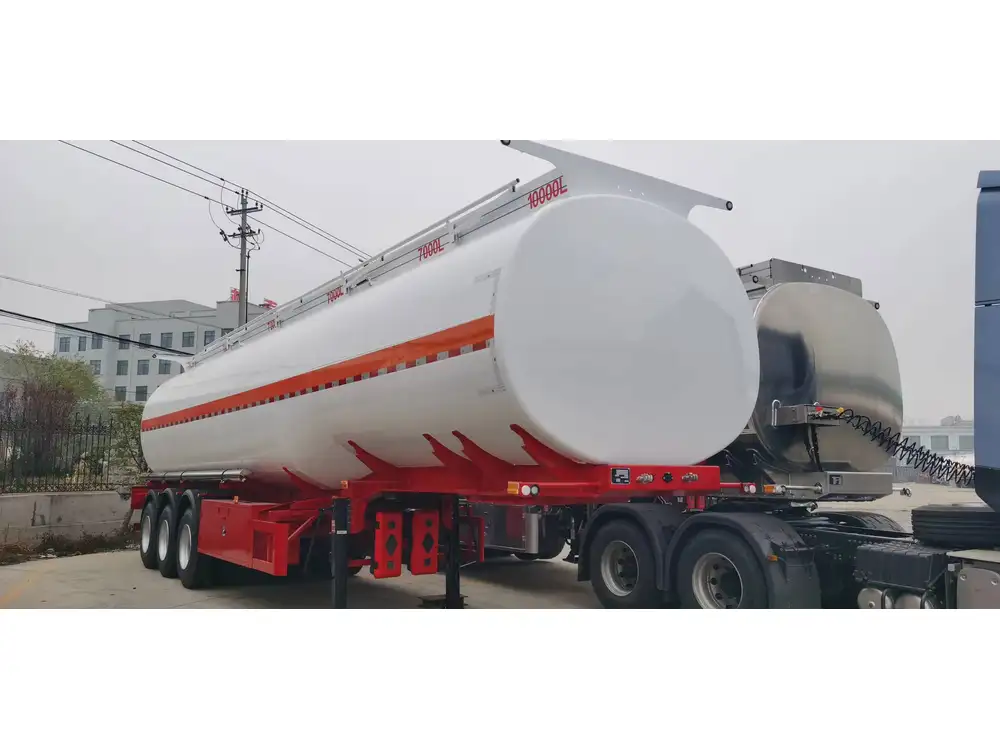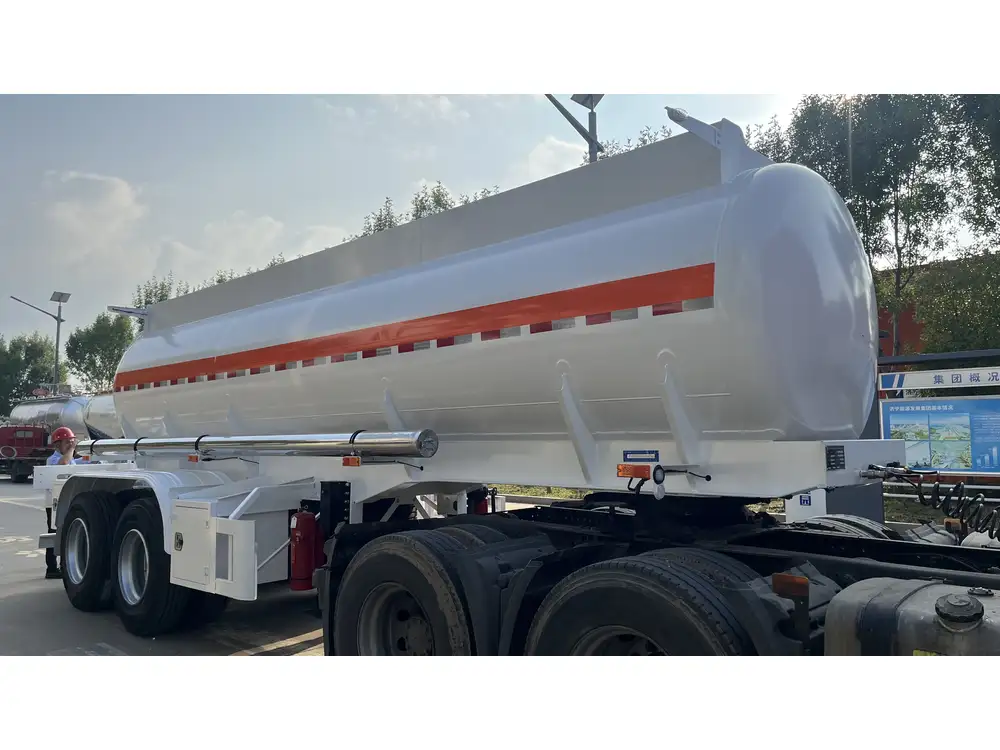When it comes to operating a semi-trailer, understanding how to properly hook up air hoses is paramount for the safety and efficiency of your transport operations. This guide aims to provide an in-depth look at the process of connecting air hoses on semi-trailers, addressing common concerns, illustrating best practices, and exploring essential tips for both novice and experienced truck operators.
Understanding Air Hose Basics
Before diving into the step-by-step process of connecting air hoses, it’s beneficial to understand more about the air brake system in semi-trailers.
Types of Air Hoses
Service Line Hoses: These hoses deliver air from the tractor to the brakes of the trailer. The service line is responsible for operational braking pressure.
Emergency Line Hoses: These hoses connect to the trailer’s emergency air supply. They are crucial for safety as they maintain air pressure when the connection between truck and trailer is severed.

Key Components
Glad Hands: The couplers at the ends of the air hoses where they connect to the tractor and trailer.
Air Tanks: Located on both the tractor and trailer, these tanks store compressed air used in the braking system.
Valves: Control air flow and pressure, ensuring that the correct amount of air reaches the necessary components.
Importance of Proper Connection
Connecting air hoses incorrectly can lead to brake failure, air leaks, and potential road accidents. A proper understanding and execution of the connection procedure is essential for safe driving.
Step-By-Step Guide to Hooking Up Air Hoses on a Semi-Trailer

Step 1: Preparation
Before starting the connection process, ensure that:
Your vehicle is parked on a level surface to avoid any unintended movement.
You are equipped with all necessary tools and safety gear, such as gloves and goggles.
Inspect both the tractor and trailer air hoses for any signs of damage or wear. Replace any defective hoses before proceeding.
Step 2: Aligning the Tractor and Trailer
Position your tractor in line with the trailer, ensuring the fifth wheel is directly above the trailer’s kingpin. This alignment is essential for a smooth coupling process.
Step 3: Connecting the Service Hose
Identify the Hoses: Locate the service line hose on the semi-trailer. It is typically colored blue.
Attach the Glad Hand: Align the glad hand of the service hose with the corresponding fitting on the tractor. Ensure a firm grip on both ends to avoid cross-connection.
Insert and Secure: Push the glad hand onto the tractor fitting until it snaps into place. Double-check that it is properly secured.

Step 4: Connecting the Emergency Hose
Locate the Emergency Hose: This hose is usually colored red.
Position the Hose: Follow the same process as the service hose. Align, insert, and secure the emergency glad hand to the tractor.
Verify Connections: Tug on each glad hand a couple of times to ensure they are firmly in place. An weak connection can result in air leaks.
Step 5: Performing a Safety Check
Once both hoses are connected, perform a quick air system check:
Check for Leaks: Listen and feel for any escaping air. A hissing sound often indicates a leak.
Test Brake Functionality: Before hitting the road, conduct a brake test. Release the parking brake and apply pressure to the service line, then gauge the response of the trailer brakes.
Verify Brake Lights: Ensure that the brake lights on the trailer illuminate when the brakes are engaged.
Common Issues and Troubleshooting
While hooking up air hoses may seem straightforward, various issues can arise. Below are some common problems truck operators might encounter, along with their solutions.

Air Leaks
Symptoms:
- Loss of air pressure
- Hissing sound
Solutions:
- Check the glad hands for proper seating.
- Inspect hoses for cracks or damage, replacing as necessary.
Brake Failure
Symptoms:
- Trailer not responding to brake application.
Solutions:
- Ensure the emergency hose is properly connected.
- Check air pressure levels in the tanks; low pressure can cause brake failure.
Cross-Connections
Symptoms:
- Incompatible functionality of brakes.
Solutions:
- Inspect the color-coded hoses to ensure correct connections.
- Consult the vehicle manual if unsure about routing.

Insufficient Air Pressure
Symptoms:
- Slow brake engagement.
Solutions:
- Examine the air pump and ensure it’s operational.
- Confirm that both the tractor and trailer tanks are filled.
Maintenance Practices to Ensure Longevity
Regular maintenance is essential to prevent issues related to air hoses in semi-trailers.
Visual Inspections
Perform routine visual checks for any signs of wear or damage on air hoses, glad hands, and connections.

Replace Worn Hoses
Air hoses can deteriorate over time. It’s advisable to replace hoses every few years or immediately if visible damage occurs.
Clean Glad Hands
Ensure glad hands are free from dirt and debris to maintain a secure connection.
Monitor Air Pressure
Regularly check for proper air pressure in both the tractor and trailer. Maintaining adequate pressure is vital for efficient brake operation.

Conclusion
Properly hooking up air hoses on a semi-trailer is a critical skill for ensuring safe transportation. By following the outlined procedures, understanding the components involved, and being proactive about maintenance, truck operators can help guarantee the reliability of their vehicles on the road.
Remember, a small oversight in the connection process can lead to serious consequences. Hence, making time for thorough inspections, ensuring correct practices, and embracing a culture of safety can significantly enhance operational efficiency.
With practice, the procedures outlined in this guide will become second nature, providing a foundation for confident and secure semi-trailer operation.



